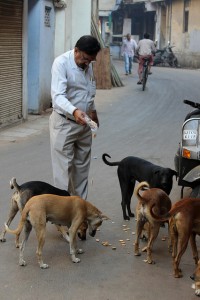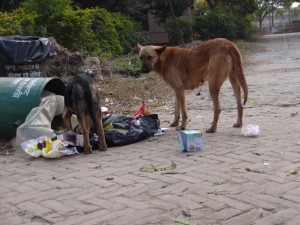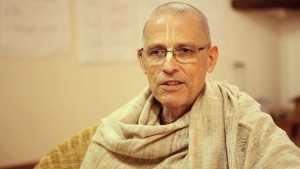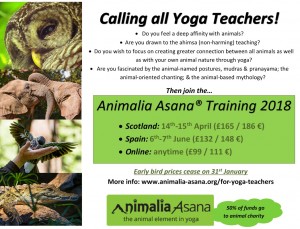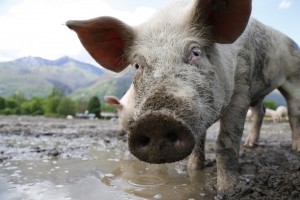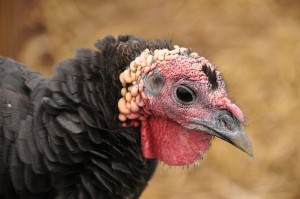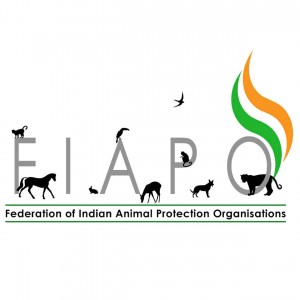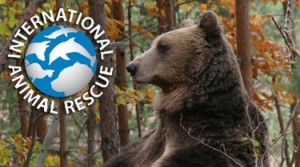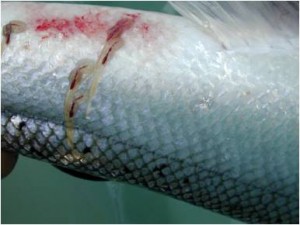Animalia Asana® is excited to be partaking in a unique event unveiling newly discovered historical yoga sequences. The workshop will be facilitated by yoga academics/teachers Jacqueline Hargreaves and Jason Birch. Join us if you can: https://www.yogacampus.com/workshops/hathaabhyaasapaddhati-a-precursor-of-modern-yoga#
“One hundred and twelve āsanas, many of which are based on the movements of animals, are described in an eighteenth-century yoga text called the Haṭhābhyāsapaddhati, ‘a manual on the practice of Haṭhayoga’. The āsanas are divided into six sequences and some of them involve repetitive movement and require extraordinary strength and flexibility, as well as the use of rope. Many of these āsanas remain unknown to modern yoga practitioners.”

